RHINOPLASTY
Rhinoplasty is the procedure commonly referred to as a nose job or as the nose reshaping surgery. This surgery is designed to enhance facial harmony and the proportions of the nose. This can also correct impaired breathing caused by structural defects in the nose. Rhinoplasty treats nose size in relation to facial balance, nose width at the bridge or in the size and position of the nostrils, nose profile, nasal tip, nostrils that are too large or wide, and nasal asymmetry.
The areas that the patient wishes to target will be discussed during consultation. These depend on what kind of corrections are desired and which are recommended by Dr. Campos-Leon.
What is rhinoplasty for?
Rhinoplasty is a surgery that is used to modify the shape of the nose and can be carried out for different reasons, either to change the appearance of the nose, improve breathing or even both at the same time. A rhinoplasty can modify the bone, cartilage, skin or even all three things at the same time, this will depend on the needs of the patient and the possibilities or limitations that his nose has. In summary, rhinoplasty can be used to repair deformities caused by an injury, correct a congenital anomaly, or even improve certain breathing difficulties.

What does this surgery consist of?
First of all, it is important to know that there is no universal type of rhinoplasty that can cover the needs of all patients, but that this operation is specially designed for each case, in order to provide the best possible results for each patient.
Another factor to keep in mind is that rhinoplasty must be carried out by an experienced plastic surgeon, who must advise the patient on the results that can be obtained from the intervention according to the objectives and goals, in order to give an idea of the final shape of the nose. This surgery is not recommended for children under 16 years of age, because at that age people are still growing and the appearance of their nose can change on its own and their decision should not be influenced by the parents.
A rhinoplasty usually lasts around 2 hours, depending on the complexity of each case. This can be carried out in a hospital or in a clinic and is performed in an operating room, since it is the only place that meets all the necessary requirements in terms of health to offer the best possible results to the patient.
The first thing the surgeon will do is separate the skin from the bone and cartilage that support the nose and which are subsequently sculpted according to the characteristics of the morphology that the patient wishes to obtain. Once this is done, the skin is redistributed and sutured. This intervention is usually performed by making small incisions inside the nostrils, although in some cases open surgery may be required, accessing from the columella. Once the procedure is finished, a cast is placed on the nose and both nostrils are plugged with cotton to stabilize the nasal septum and prevent bleeding.
Who is a candidate for this type of surgery?
The best candidates for this type of surgery are all those who seek an improvement in the aesthetic appearance of their nose. If the person is in good general health, has psychological stability, and has realistic expectations, they will undoubtedly be an ideal candidate for a rhinoplasty. This surgery will help the patient improve their appearance and self-confidence; however, it will not produce an entirely different appearance. This is something to keep in mind before undergoing any type of treatment.
What kind of anesthesia is used?
For rhinoplasty, local anesthesia plus sedation can be used, but what is normally used is general anesthesia. The choice of anesthesia depends on the complexity of the surgery and the preferences of each surgeon. If the procedure is carried out with local anesthesia plus sedation, the patient will feel relaxed and their nose and its surroundings will be insensitive to pain, however, they will remain conscious. On the other hand, with general anesthesia, the patient will be asleep throughout the surgery.
What is aftercare like?
After the procedure, a splint and/or packaging may be placed inside the nose and a splint and bandages will be placed on the outside to support and protect the new structures during initial healing. Dr. Campos-Leon will provide more details about aftercare following the procedures.
After surgery, especially during the first 24 hours, the person may feel a swollen face, discomfort over the nose and a headache, these symptoms can be reduced with a medication prescribed by the doctor in charge of the surgery. The patient will need to lie down with the head elevated for at least the first day. The swelling and bruising around the eyes will continue to be present and in marked increase during the first 3 days, these can be reduced with cold compresses and after 2 weeks they will disappear.
During the first days there will be a slight bleeding from the nose, it will be necessary for the patient to abstain from blowing their nose forcefully for a week or until the tissues heal. The plugs will be in for one or two days after surgery and a week later the skin points will be removed. Most patients feel fine two days after surgery; however, it is recommended that they do not return to complete normality for a few weeks. All necessary indications will be provided by the surgeon in charge of performing the operation.
Are there risks?
When the surgery is carried out by a qualified and experienced plastic surgeon, the risk of complications is quite low. However, as with any other type of procedure of this type, there are risks such as infection, nosebleeds or reactions to anesthesia. These risks can be minimized by following the directions provided by the surgeon before and after surgery. Sometimes there may be small red dots that are broken vessels. These are not permanent so they should not be of any concern. There is no risk of visible scars, as the incisions are made inside the nose.
Results
During the first days after surgery, when the face is swollen and bruised, patients may think that the appearance has not improved and many patients can feel somewhat disappointed or depressed. However, it is important to remember that day by day the appearance will improve and the patient will begin to look and feel better. After 1 or 2 weeks, the symptoms will disappear and the results will begin to be noticeable. The improvement is progressive and gradual, although minimal swelling may persist, especially at the tip, for a few months. The final result will be fully visible after approximately 1 year.
BEFORE & AFTER
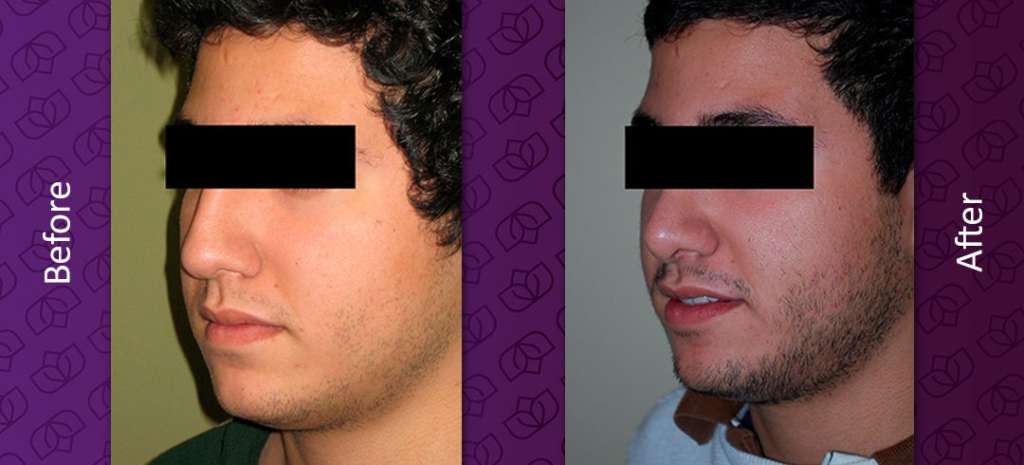
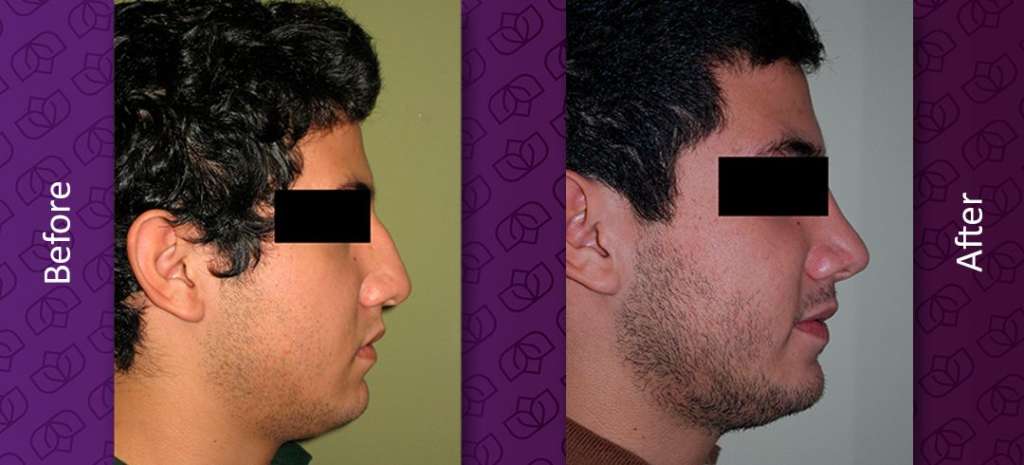
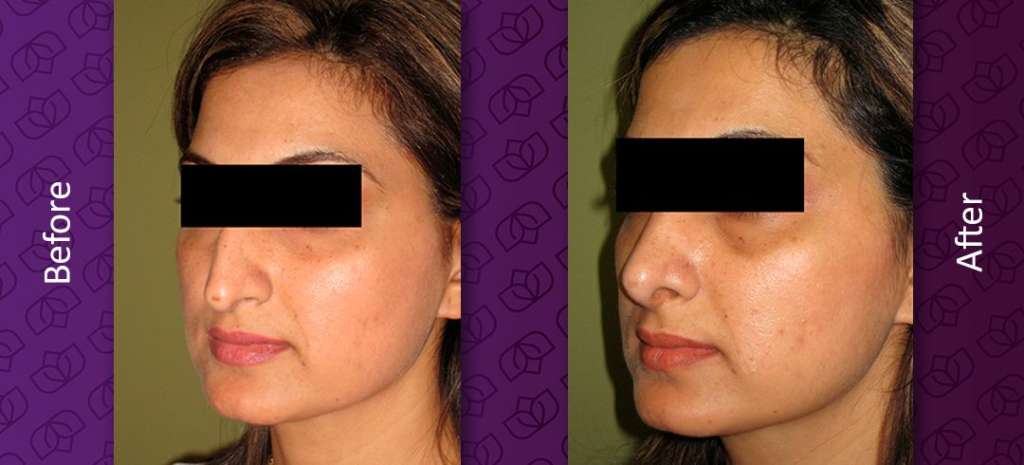
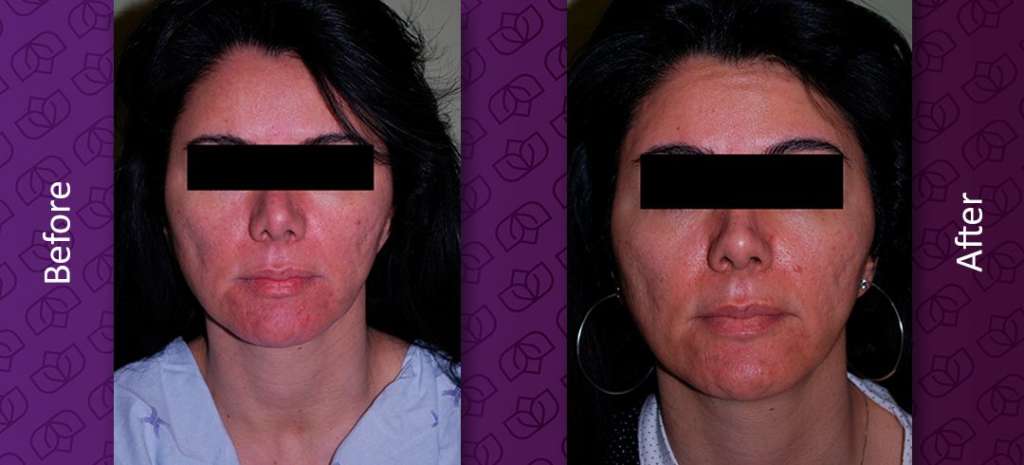
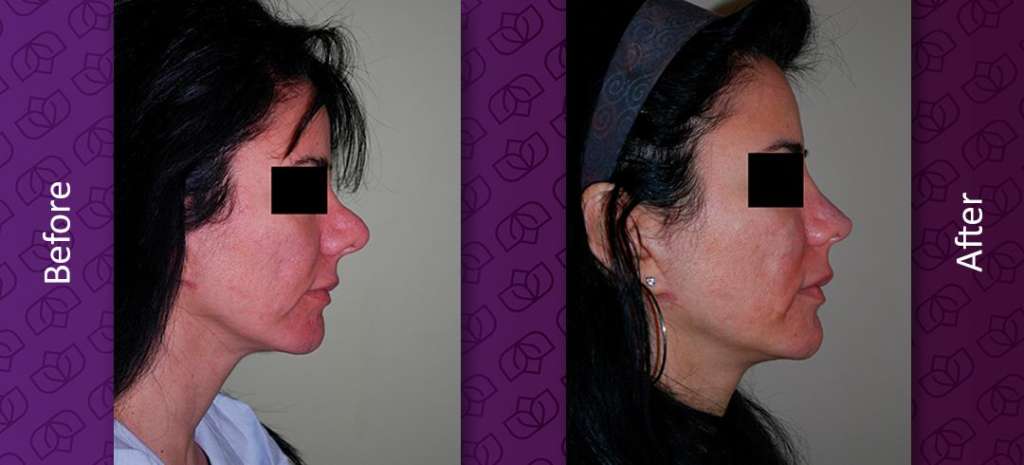
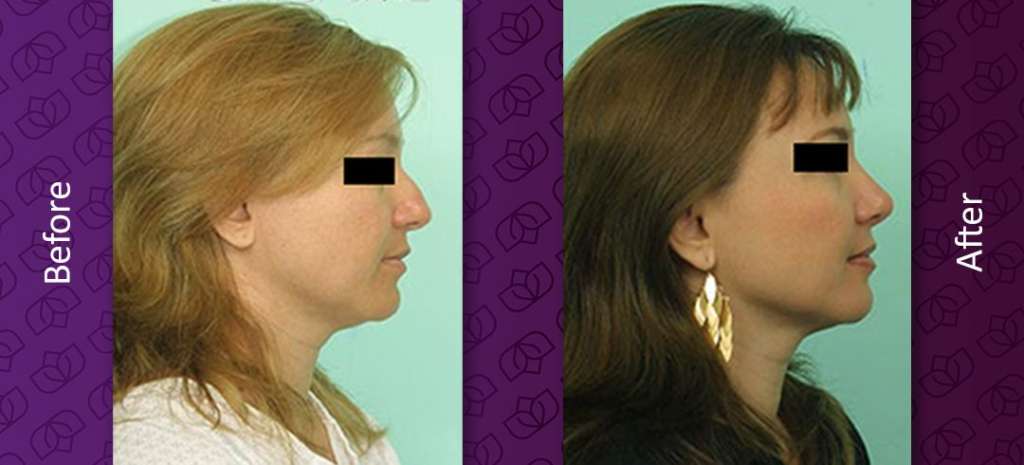
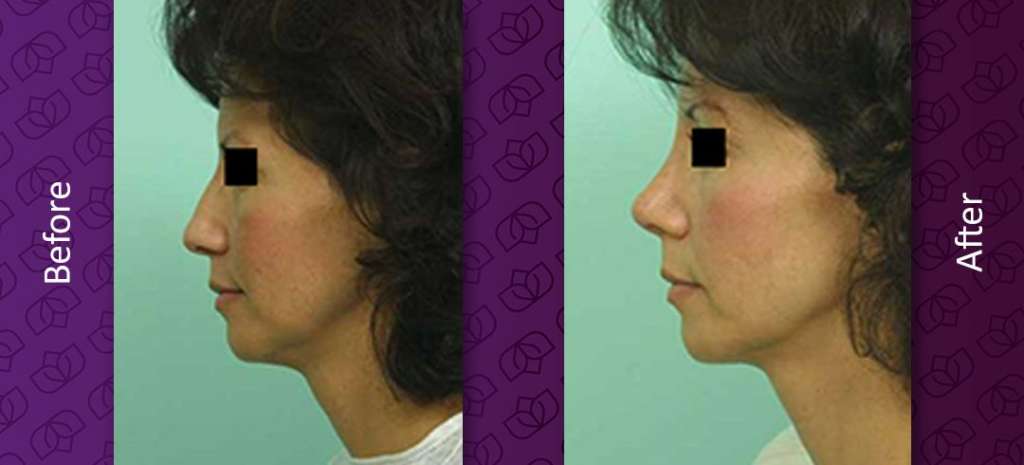
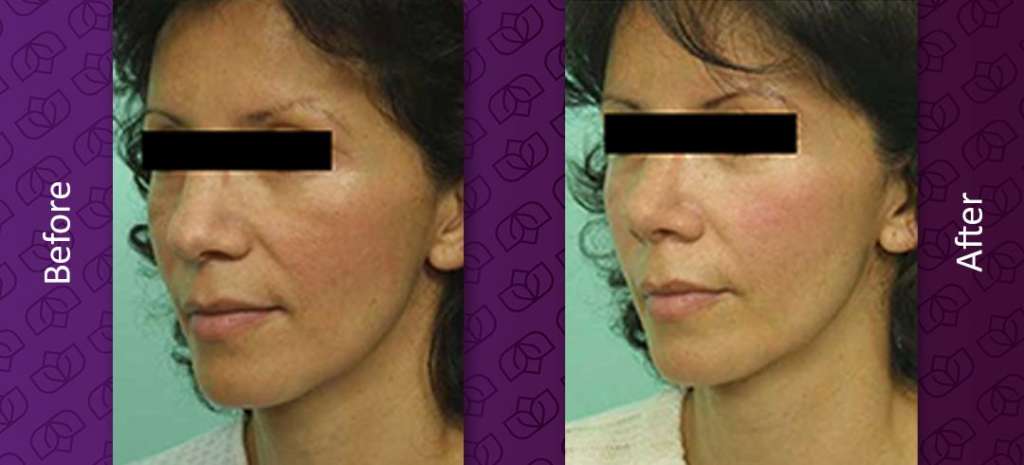
CONTACT US
GET A FREE CONSULTATION
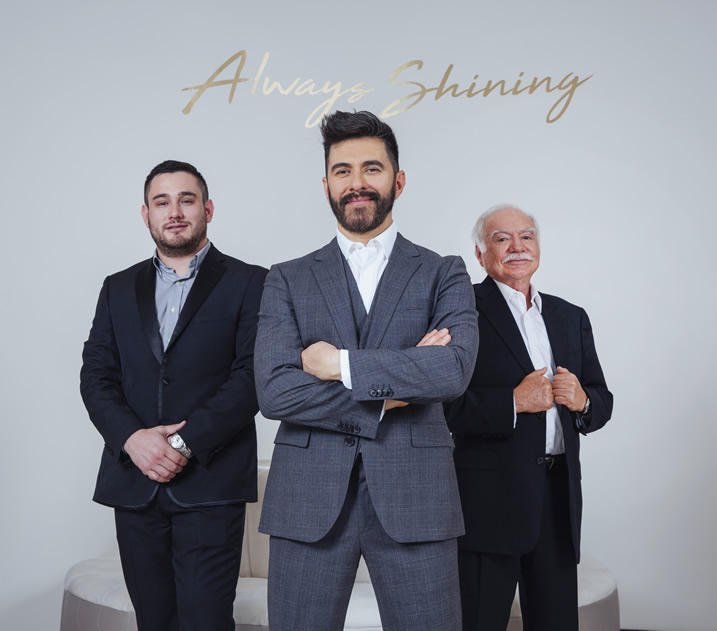
Interested on this treatment?
You can click on the button bellow to contact us and get a FREE consultation for it!



